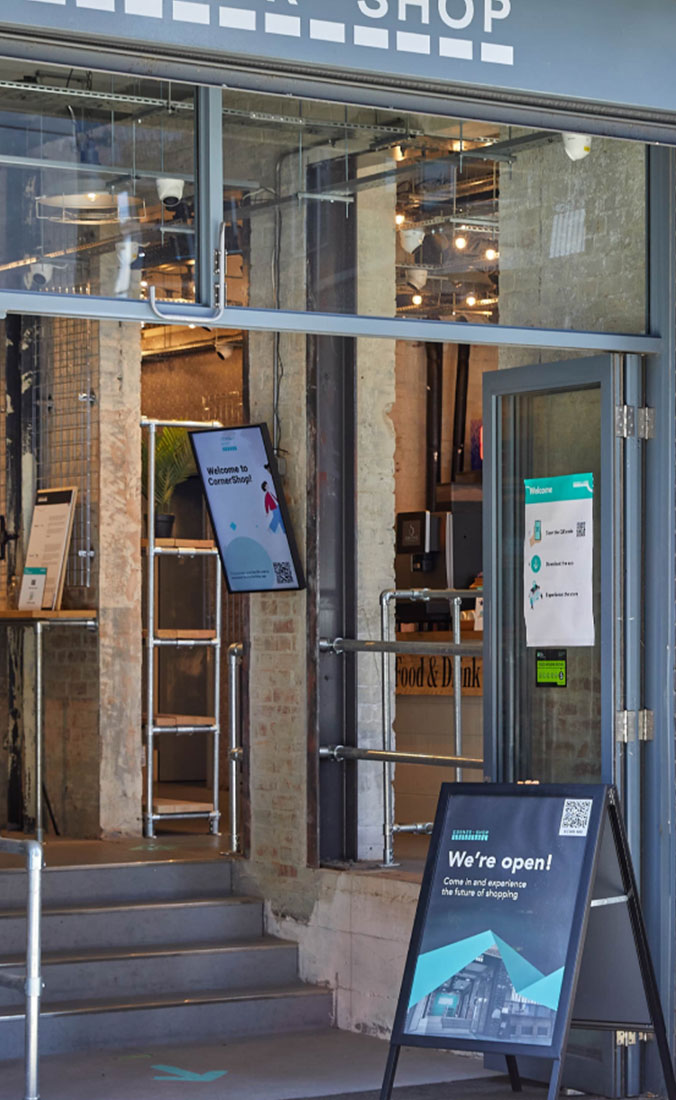Entering Retail is a natural step – indeed, often a need – for brands who trade online, or who trade in other countries. But increasingly in recent years, Entering Retail has become a step too far – very expensive, very uncertain, and littered with high profile failures.
At Agile Retail and iD, we believe that’s a stigma that should be shaken – entering physical retail can be nimble, flexible and commercially viable.
I spend my time helping brands – very often DTC, scale up businesses, or retailers who do not currently trade in the UK – approach the challenge of Entering Retail in a different way; a way that suits today’s customer and company climates. Retail is too often a gigantic leap – expensive, long term, risky and consequently prohibitive. And the annals of history are littered with more examples of failure (Missguided!) and challenges (Gymshark) than they are of success stories.
It doesn’t have to be this way. I wish more brands approached retailing in physical stores with a challenger mindset. Instead of accepting the trappings of physical retail, we should disrupt them. “Flagship store?” What an expensive vanity project! “P&L’s that don’t account for browser-power and the relationship with online sales?” Straight out of the ‘50’s! “Long term leases?” Who knows what the next 5 years looks like!
Here are some practical ways I approach Entering Retail with customers we work with at Agile Retail:

